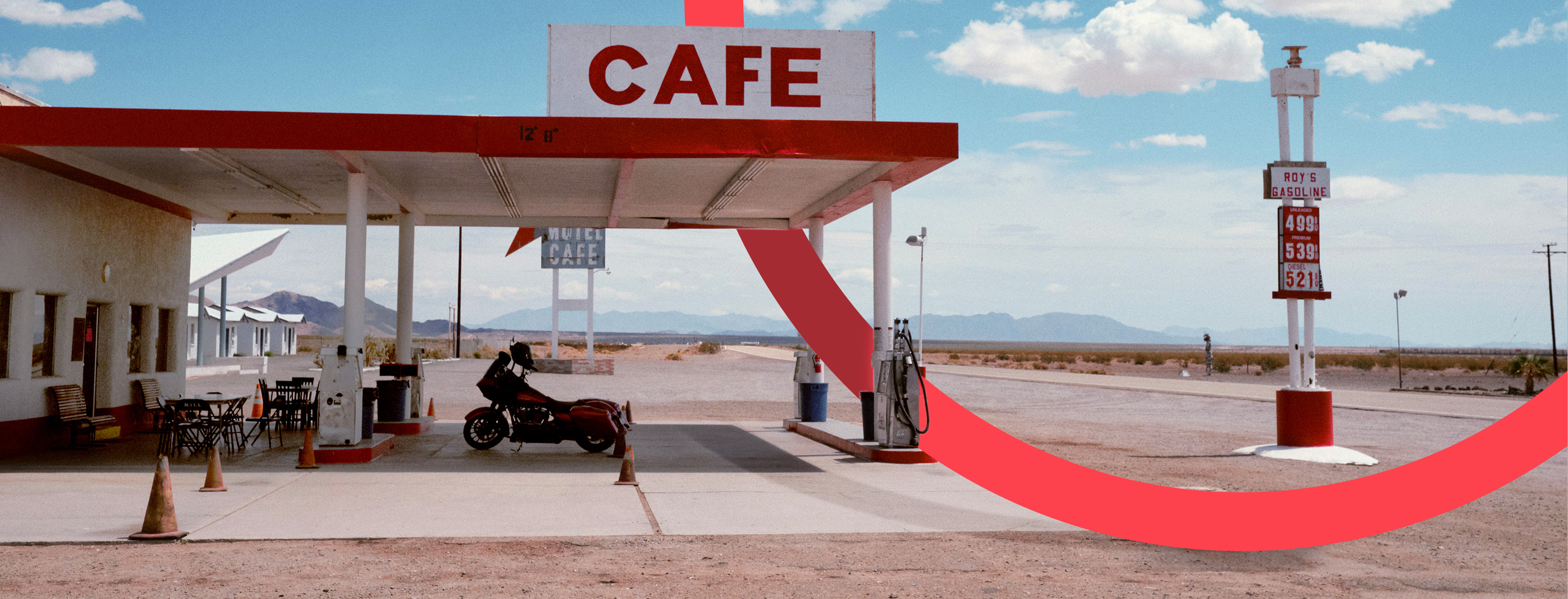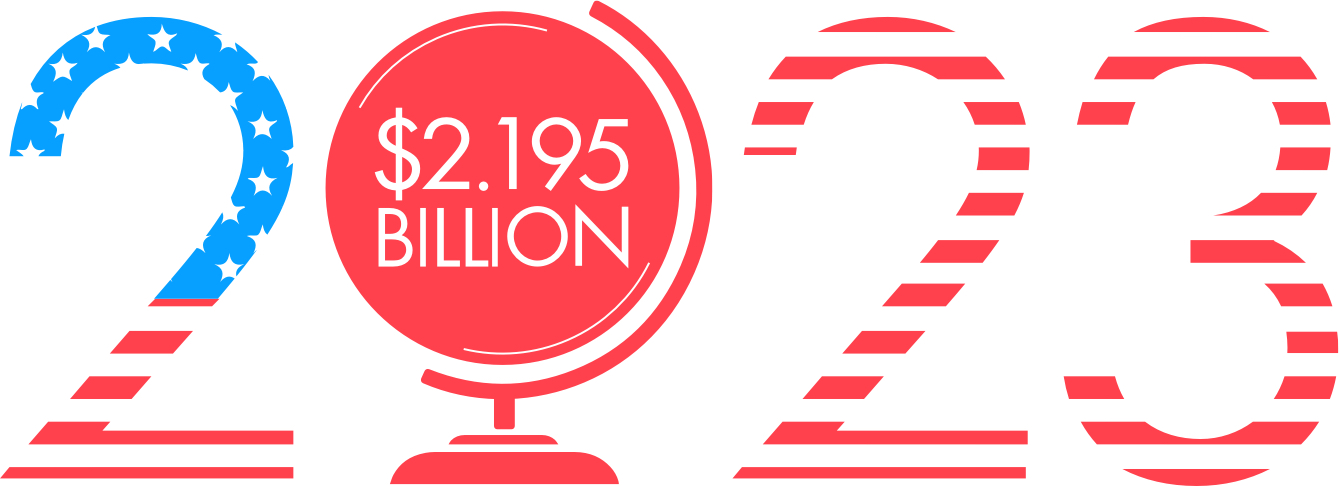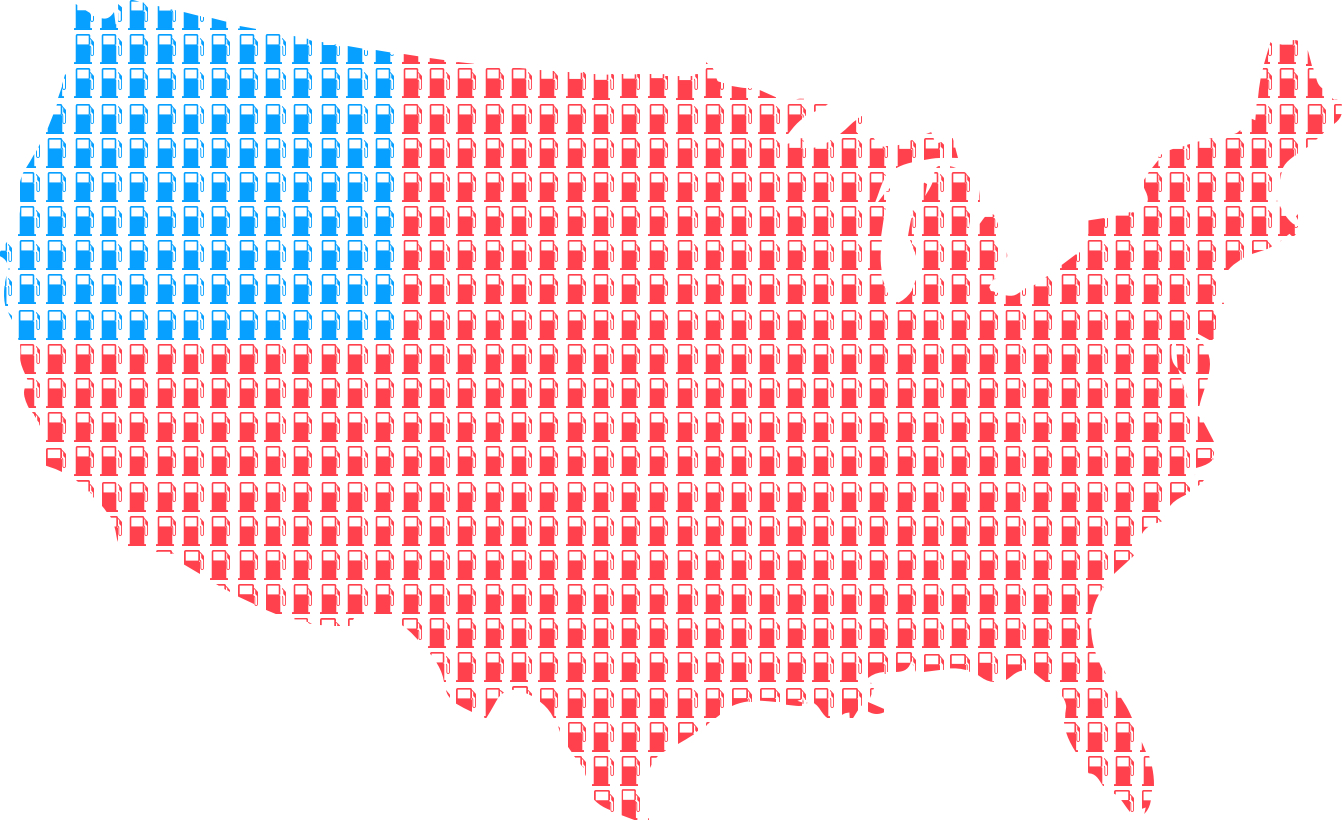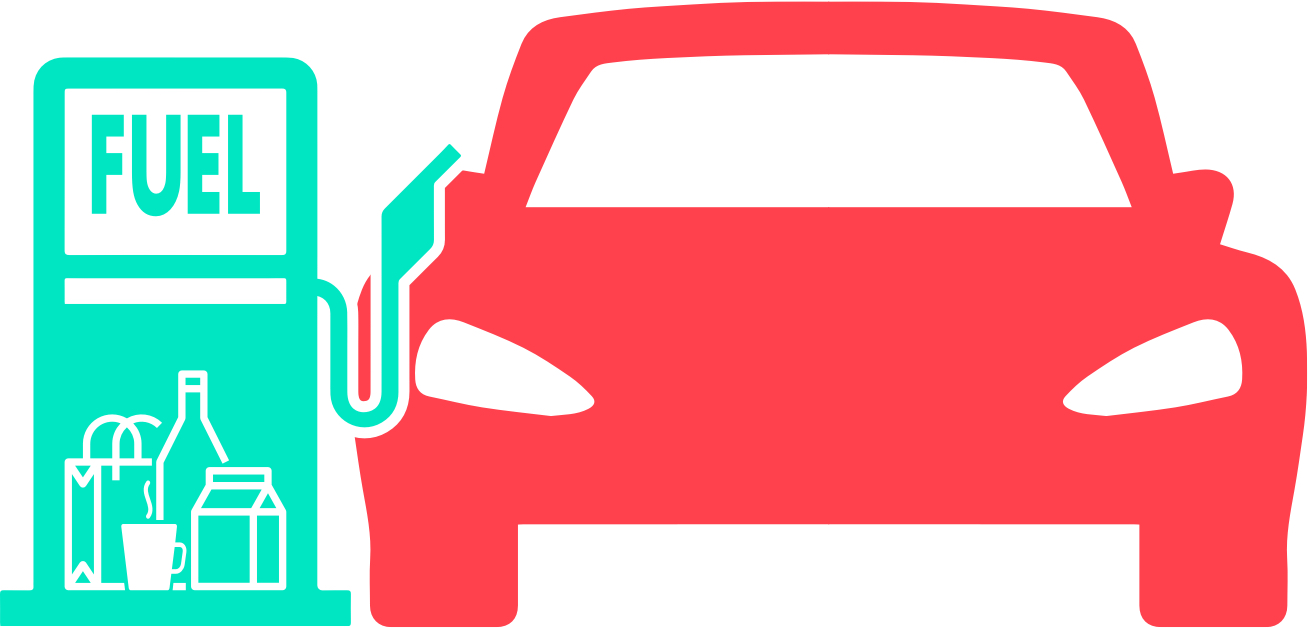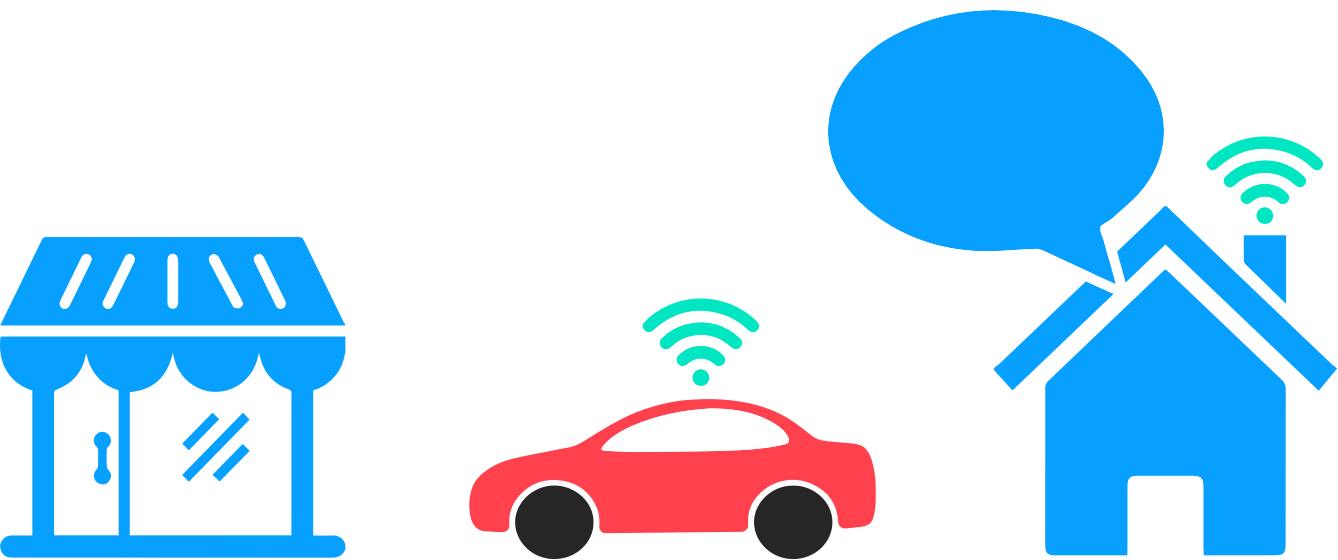To explore what the fuel station will look like in 2025, we talked with Publicis Sapient energy and commodity experts in several geographies.
Masud Haq, senior vice president, and Kathryn Bonner, associate director, offered their view of the U.S. market. Their perspective? While some brands like Buc-ees have built loyal followings around their food, cleanliness and merchandise, many U.S. fuel stations still don’t use data to inform customer experiences, or aren’t using all of the data they have access to in order to build the right relationships and/or partnerships. They must also now focus on creating contactless and safer environments to continue bringing in customers.
Interview has been edited for style and clarity.
The U.S. is one of the world’s largest energy markets. What changes have we seen in the market in recent years?
Haq: In the past five years as a nation, the United States has taken a unique position in becoming more of an exporter of fuel and commodities versus being more of an importer. And a lot of that's tied to shale gas and some other natural gas domestic developments. Oil and gas companies can optimize supply because they have more leverage by having the supply locally.
You're starting to see a lot more people go to Costco or a local grocery to get gas. H-E-B is a big one in Texas where they've got a very strong brand-loyalty program with strong brand recognition and cheap costs compared to competitors.
Some U.S. brands like Buc-ees have a very loyal following. What can those brands teach the industry about customer experience?
Haq: The customer experience, in general, has not been a focus, but this is going to have to be central to everything a brand does going forward if it wants to grow. Internally, many fuel station brands don't have people with customer experience skills. Brands have had to take a leaf from outside of the energy industry, from consumer packaged goods (CPG), from retail, from telecom, and others. So they're starting to bring in that capability and hire people from those cross industries.







